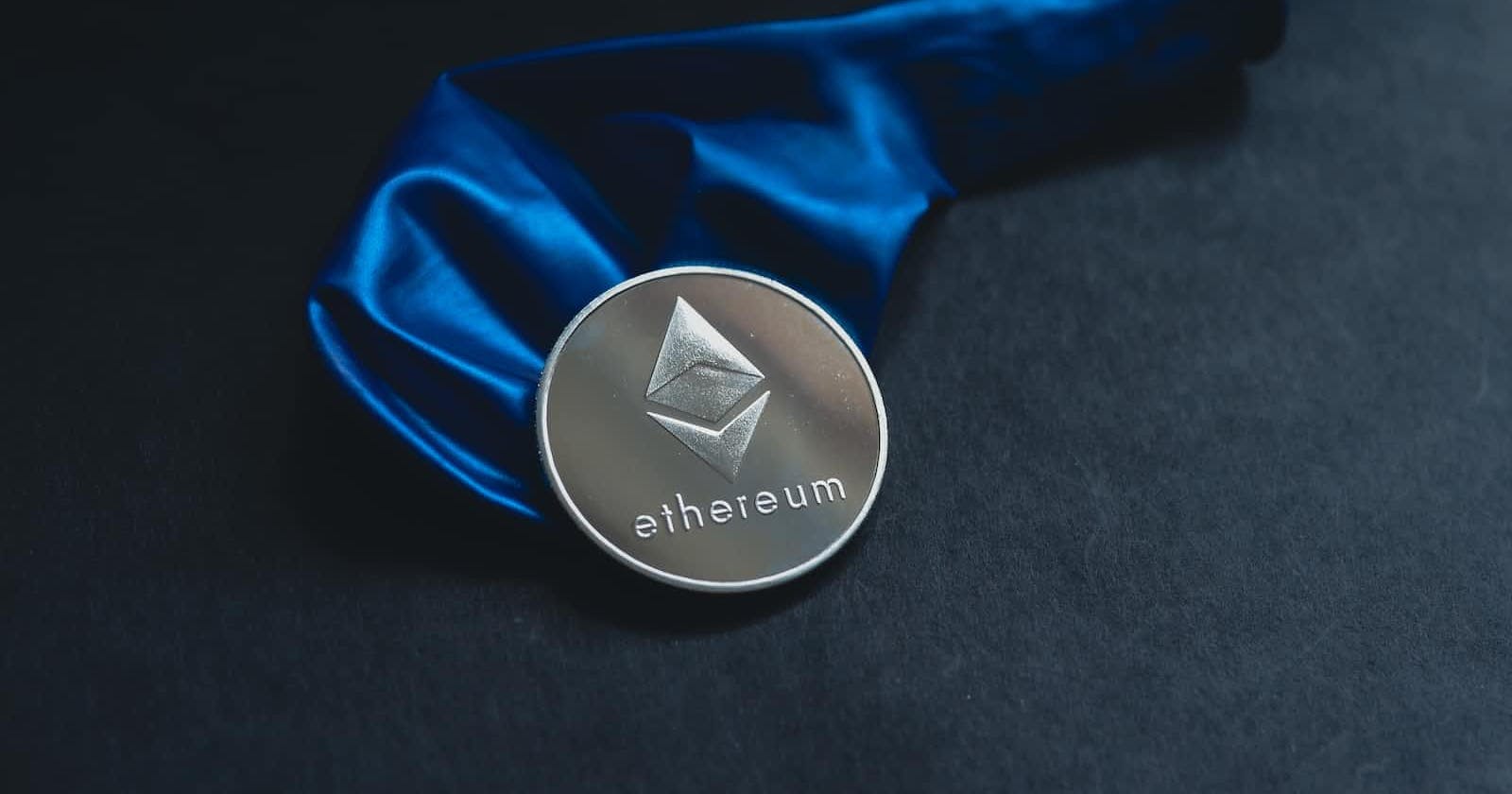Introduction
Just like in every ecosystem, there exist rules and guidelines that must be adhered to and the Ethereum Network is no different. With tokens being a fundamental part of the blockchain system, rules are required to govern their behaviors and ensure consistency, compatibility, and interoperability within the network; hence, tokenization standards. In this article, we will discuss the tokenization standards in Ethereum.
Tokens and Their Significance
Tokens, in the context of blockchain technology, are digital assets that represent a certain value or utility. They can be used to facilitate transactions, grant access to services, or represent ownership of physical or digital assets. Tokens are typically built on existing blockchain platforms, with each platform having its own set of rules and standards that tokens must adhere to.
Understanding the Distinctions: Cryptocurrencies vs. Tokens
While tokens and cryptocurrencies are digital assets built on a blockchain network, they differ. Cryptocurrencies are standalone digital currencies such as Bitcoin (BTC) and Ethereum (ETH) that function as a means of exchange, store of value, and unit of account. Whereas, tokens have various functions and may represent ownership of assets, authorize access to services, or serve as collectibles within the underlying blockchain platform.
The ERC Standards
ERC is short for Ethereum Request for Comment. These are a set of guidelines and specifications that define the rules and functionalities for creating and interacting with tokens on the Ethereum blockchain. These standards ensure compatibility and interoperability among different tokens and enable developers to create tokens that can seamlessly interact with various Ethereum-based applications, wallets, and decentralized exchanges. Let's take a look at three of the most commonly used standards in the ecosystem.
ERC-20: The ERC-20 standard was proposed by Fabian Vogelsteller in November 2015. This token standard is an interface for fungible tokens. It ensures that each token has the same value as another token of the same type. These tokens are divisible, allowing for fractional ownership, and can be transferred between addresses seamlessly.
ERC-721: Proposed by William Entriken, Dieter Shirley, Jacob Evans, and Nastassia Sachs in late 2017, this standard serves as an interface to create and manage non-fungible tokens (NFTs) on the Ethereum network. This token type can be unique in value as another token of the same type. It became widely adopted within the digital art and collectible space as it allows for the tokenization and ownership tracking of unique digital assets, revolutionizing the concept of digital ownership.
ERC-1155: This standard serves as a hybrid interface for the ERC-20 and ERC-721 standards. It allows the creation of multi-token contracts where a single contract can manage both token types. Its versatility makes ERC-1155 tokens ideal for various use cases, such as in-game assets, where some items may be interchangeable while others remain unique. It was proposed by Enjin, a blockchain gaming platform, in September 2017.
Conclusion
While we only considered three of the ERC standards in this article, there are numerous other tokenization standards available for various purposes and cater to specific needs within the Ethereum ecosystem. Some notable examples include ERC-223, ERC-777, and ERC-1337. Each standard defines a specific set of rules and functionalities that tokens must adhere to.

